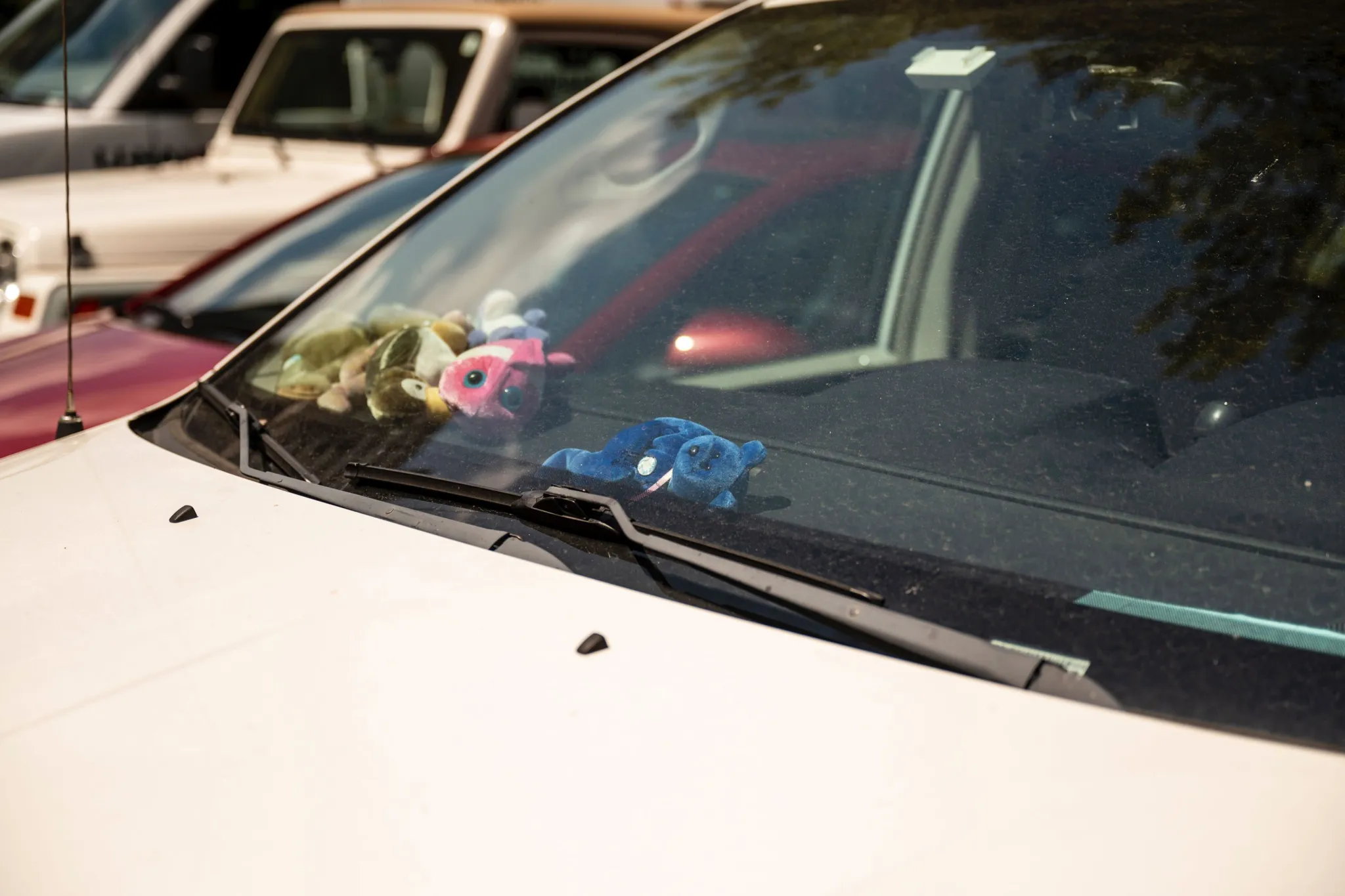In a summer of child hot car deaths across the country, New York families push for change
Child safety advocates, like a bereaved Rockland County couple, want carmakers to install life-saving technology in every new car.

 This article was originally published on by THE CITY
This article was originally published on by THE CITY
Each time Marissa Rodriguez hears about another child dying inside a hot car she cries and has the urge to reach out to their grieving parents.
Rodriguez’s pain and empathy come from a unique, and tragic, perspective: Her twin 1-year-olds, Luna and Phoenix, died trapped in a Honda sedan parked by her husband, Juan Rodriguez, in Fordham, The Bronx, on a late July day in 2019. The couple lives in Rockland County.

Brooklyn Boro
View MoreNew York City’s most populous borough, Brooklyn, is home to nearly 2.6 million residents. If Brooklyn were an independent city it would be the fourth largest city in the United States. While Brooklyn has become the epitome of ‘cool and hip’ in recent years, for those that were born here, raised families here and improved communities over the years, Brooklyn has never been ‘uncool’.